Sourav Pan
Transcript
What is adaptation?
Adaptation is the process by which organisms adjust to survive and reproduce in their specific environment.
Adaptations develop over many generations through natural selection. Individuals with beneficial traits survive and reproduce more, causing these traits to become more common in the population.
Let’s see how this works in a population. Initially, few individuals have a beneficial trait. Over generations, natural selection increases the frequency of this adaptation.
Adaptation is not a conscious choice but an evolutionary process. Let’s look at some examples.
Polar bears have evolved numerous adaptations for Arctic environments, including thick white fur for camouflage and insulation, and large paws for walking on ice.
Similarly, cacti have adaptations for desert conditions, such as spines to reduce water loss and deter predators, thick skin to store water, and specialized photosynthesis.
These adaptations developed over thousands of generations as natural selection favored individuals with traits that enhanced survival in their specific environments.
Remember, adaptation is an ongoing evolutionary process that occurs over many generations, not within an individual’s lifetime. It’s driven by natural selection, not conscious choice.
Understanding adaptation helps us comprehend how the incredible diversity of life on Earth developed to thrive in countless different environments.
Behavioral adaptations are changes in how animals act to help them survive in their environment.
These adaptive behaviors have evolved over time and directly contribute to survival and reproductive success.
Migration is when animals travel long distances seasonally. Many birds fly thousands of miles to find food and suitable breeding grounds.
Arctic Terns hold the record for the longest migration, traveling forty-four thousand miles annually between the Arctic and Antarctic.
Hibernation is when animals enter a state of inactivity during winter months. Bears hibernate to conserve energy when food is scarce.
During hibernation, a bear’s heart rate drops significantly, body temperature decreases, and they can go for months without eating, drinking, or excreting waste.
Many desert animals exhibit nocturnal behavior, being active at night to avoid the extreme daytime heat.
This behavior provides several advantages including cooler temperatures, reduced water loss, fewer predators, and specialized hunting opportunities.
Behavioral adaptations provide significant survival and reproductive benefits to animals.
These adaptations conserve energy, optimize resource use, help avoid predators, and improve reproduction.
All these behavioral adaptations directly increase survival probability, reproductive success, and long-term species fitness.
Organisms have developed remarkable adaptations to survive in the most extreme environments on Earth.
In polar regions, animals face challenges of extreme cold and limited resources.
Polar mammals like bears have developed thick layers of blubber and dense fur to insulate against freezing temperatures.
Fish in polar waters have evolved antifreeze proteins that prevent ice crystal formation in their blood, allowing them to survive in waters below freezing point.
Social adaptations like huddling help animals conserve heat. Emperor penguins rotate positions in their huddle, sharing the burden of exposure to the wind.
At high altitudes, organisms face challenges including low oxygen levels, intense UV radiation, and extreme temperature fluctuations.
Humans who live at high elevations, like in the Andes or Himalayas, produce more red blood cells to increase oxygen-carrying capacity in the blood.
Birds that fly at high altitudes have evolved specialized respiratory systems with air sacs that allow for more efficient oxygen extraction.
Some organisms like tardigrades can survive in the most extreme conditions imaginable, from the vacuum of space to temperatures near absolute zero.
These extraordinary adaptations demonstrate how life finds ways to thrive in seemingly inhospitable conditions throughout our planet.
Study Materials
No study materials available for this video.
Helpful: 0%
Related Videos
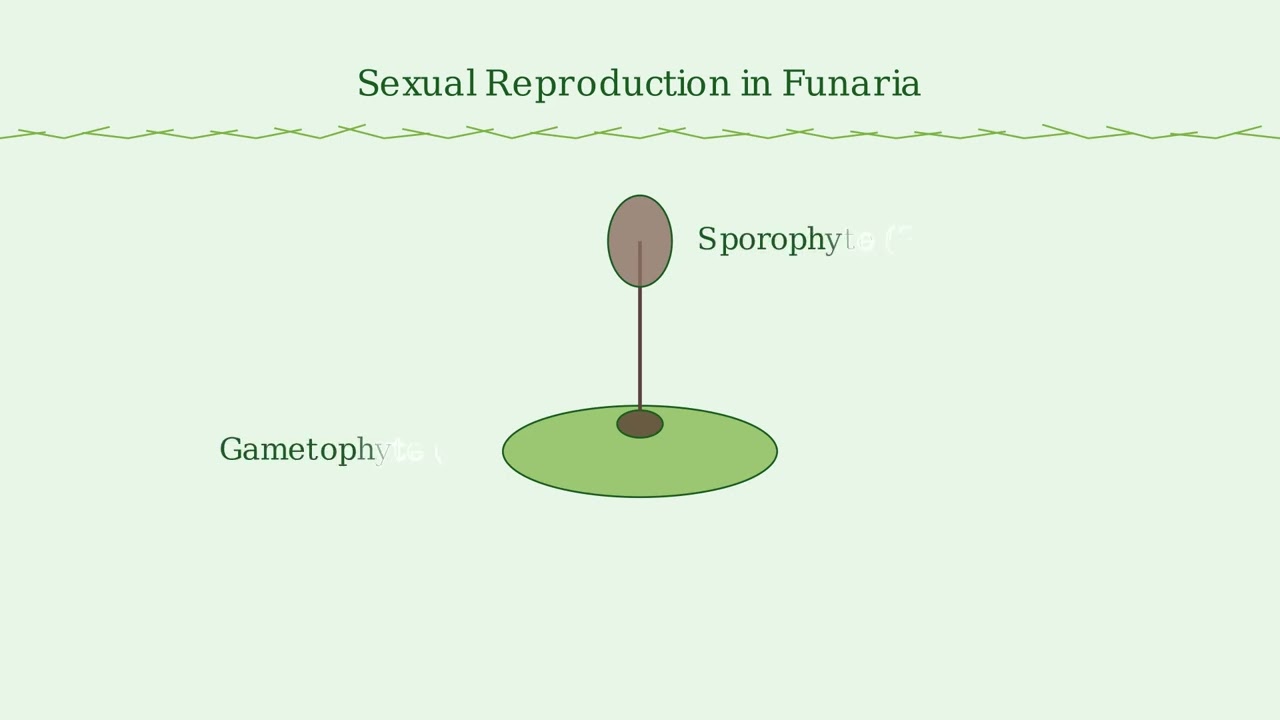

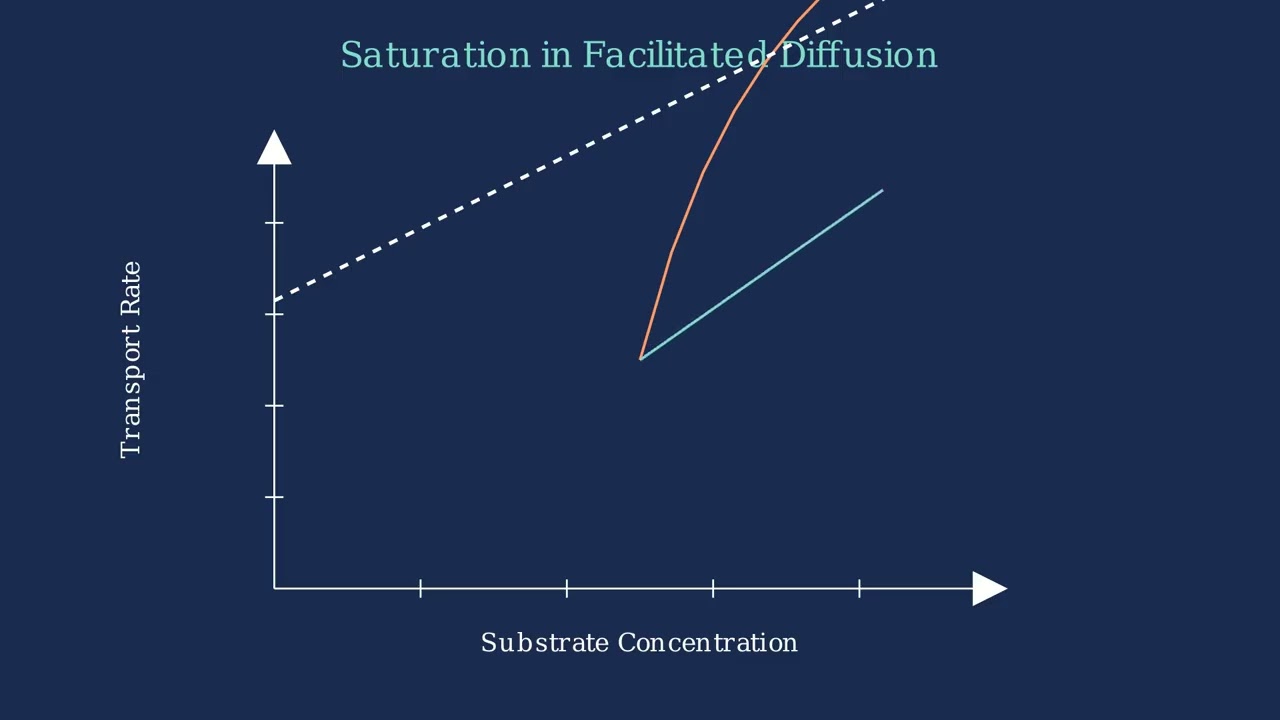
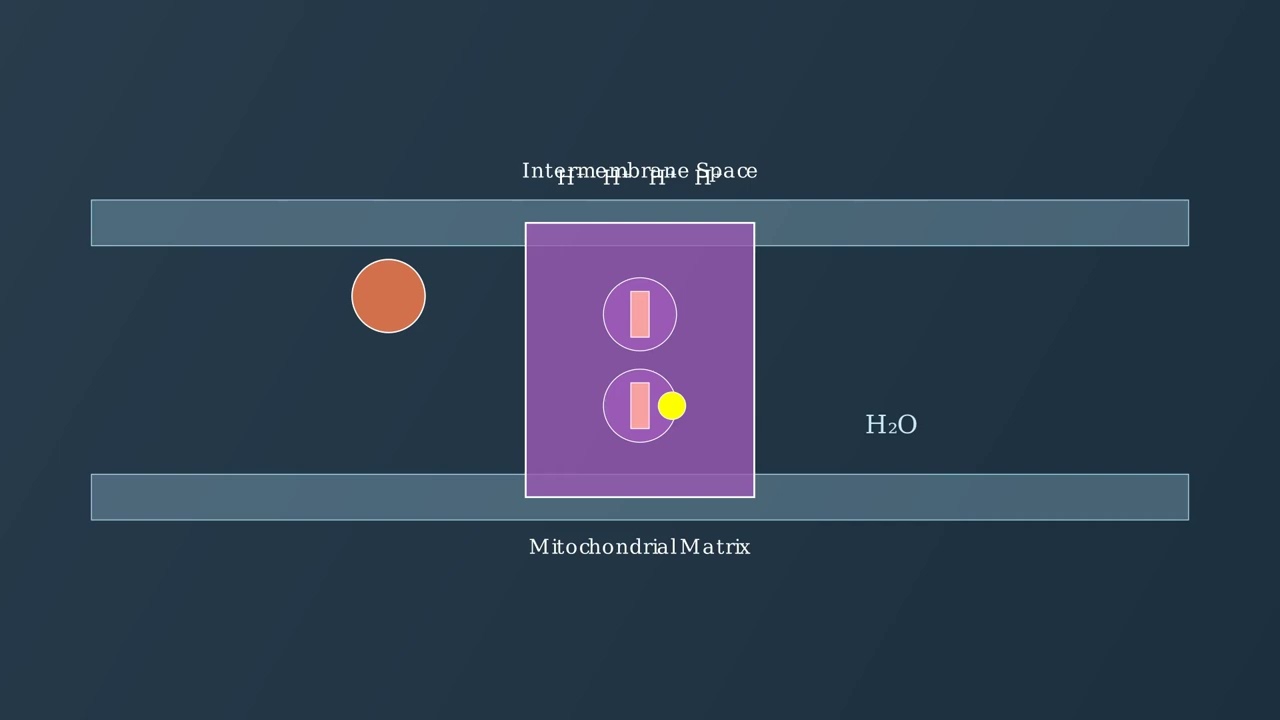
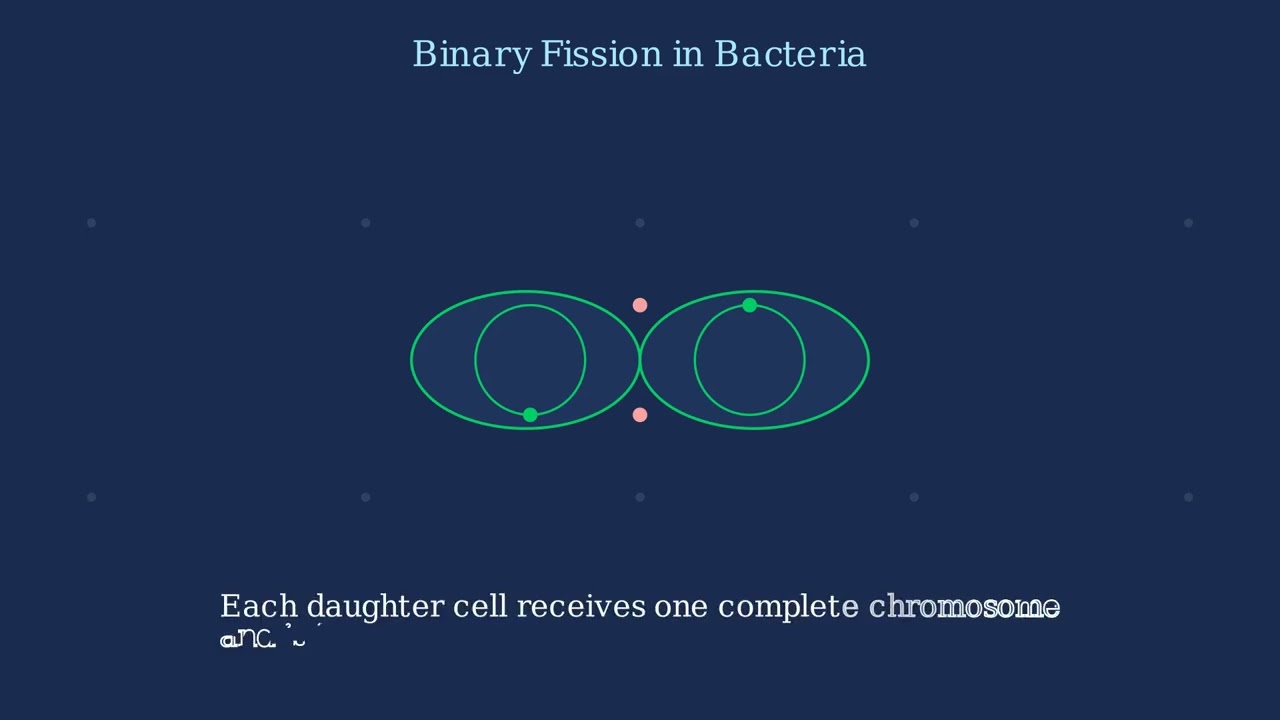

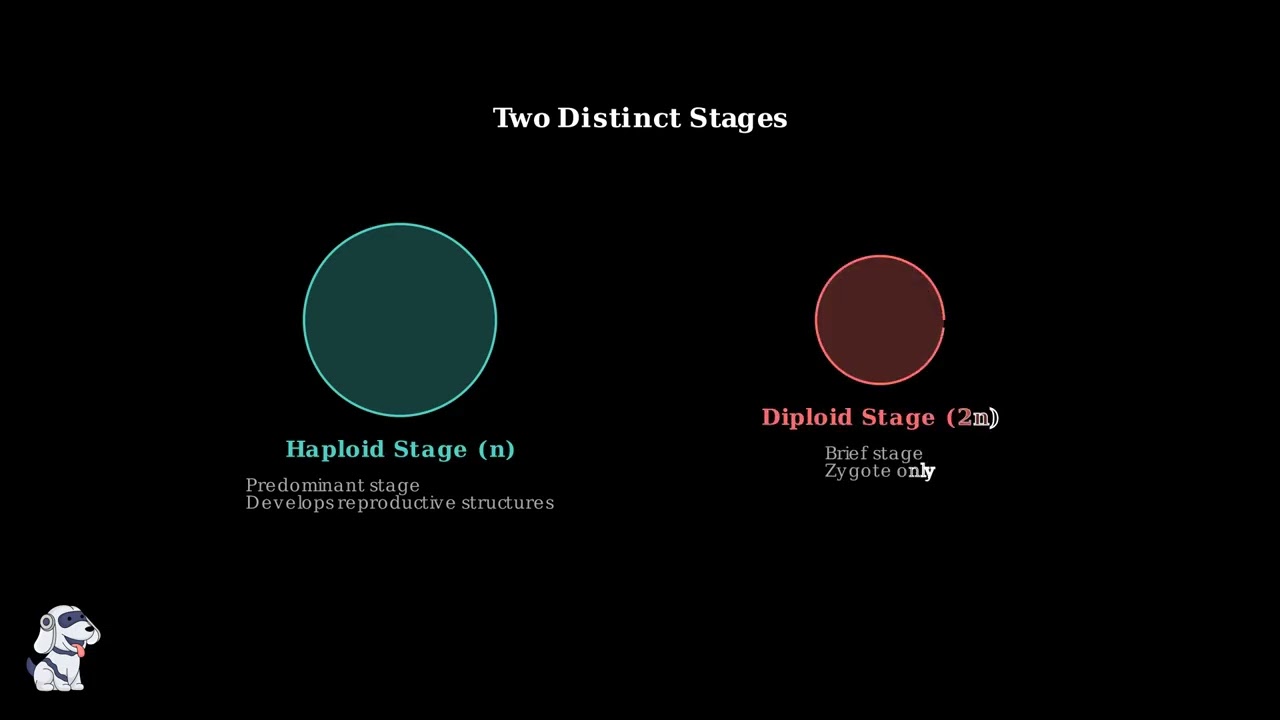
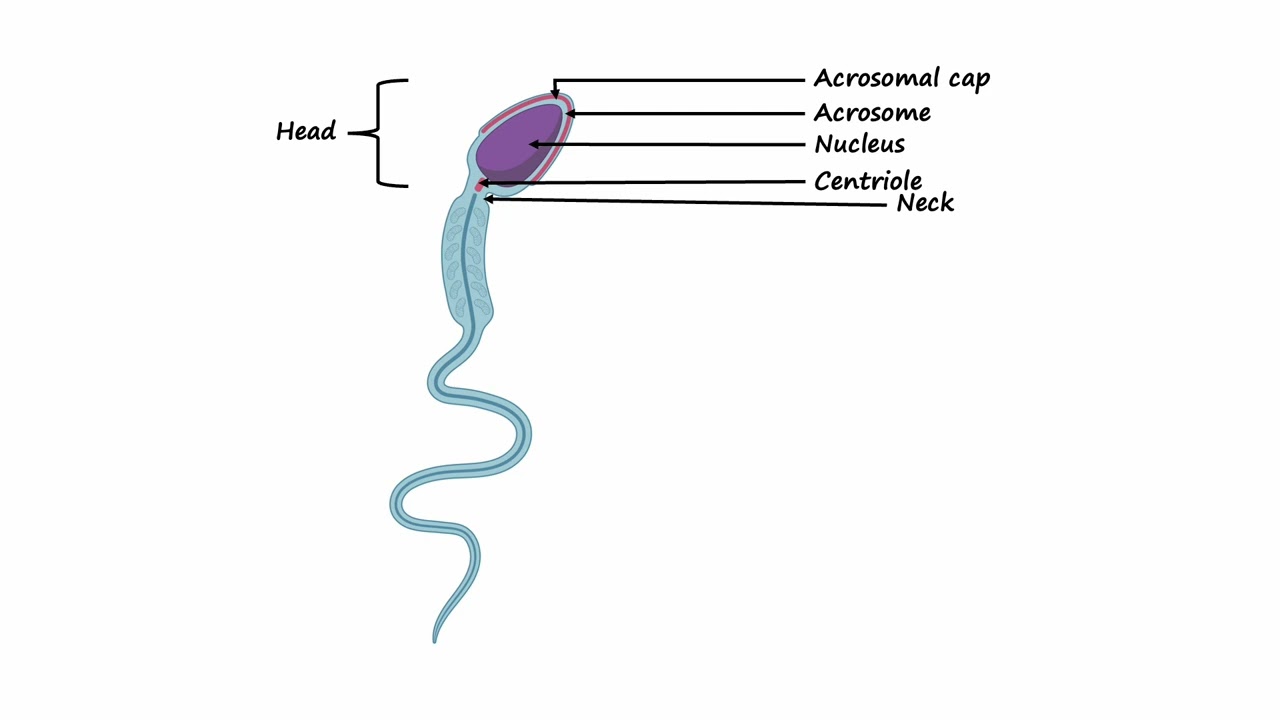

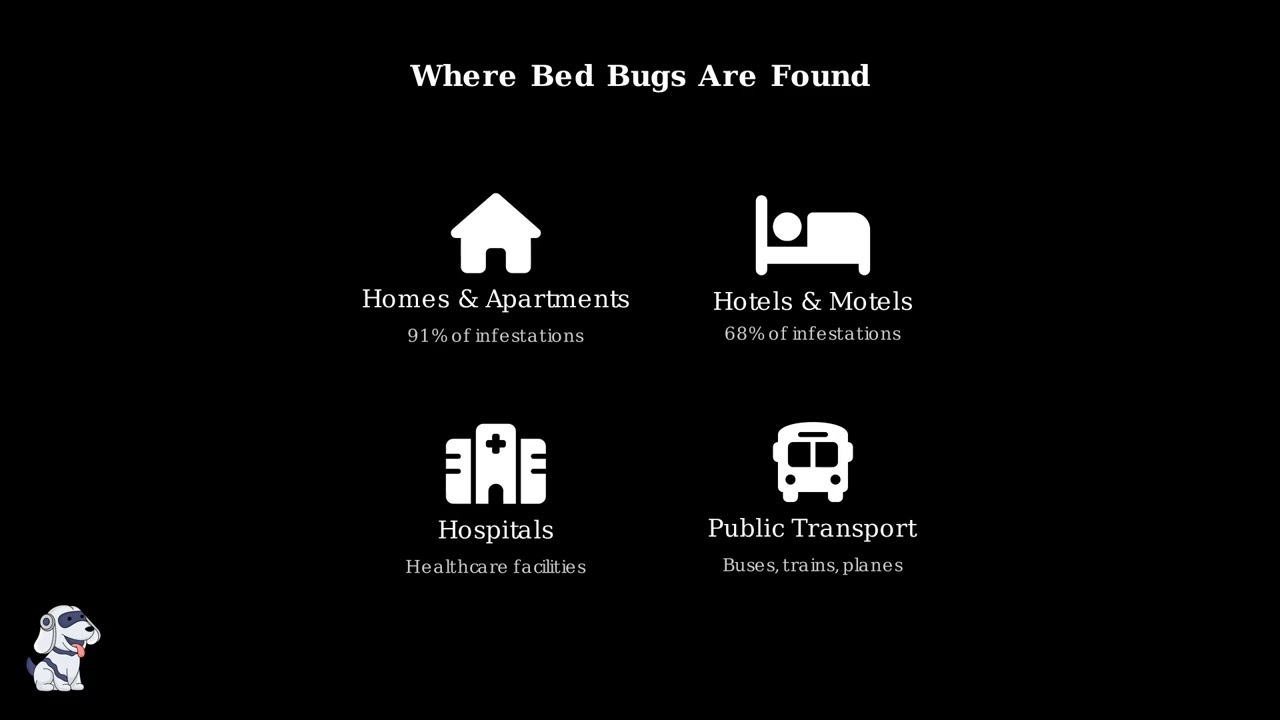
- Text Highlighting: Select any text in the post content to highlight it
- Text Annotation: Select text and add comments with annotations
- Comment Management: Edit or delete your own comments
- Highlight Management: Remove your own highlights
How to use: Simply select any text in the post content above, and you'll see annotation options. Login here or create an account to get started.